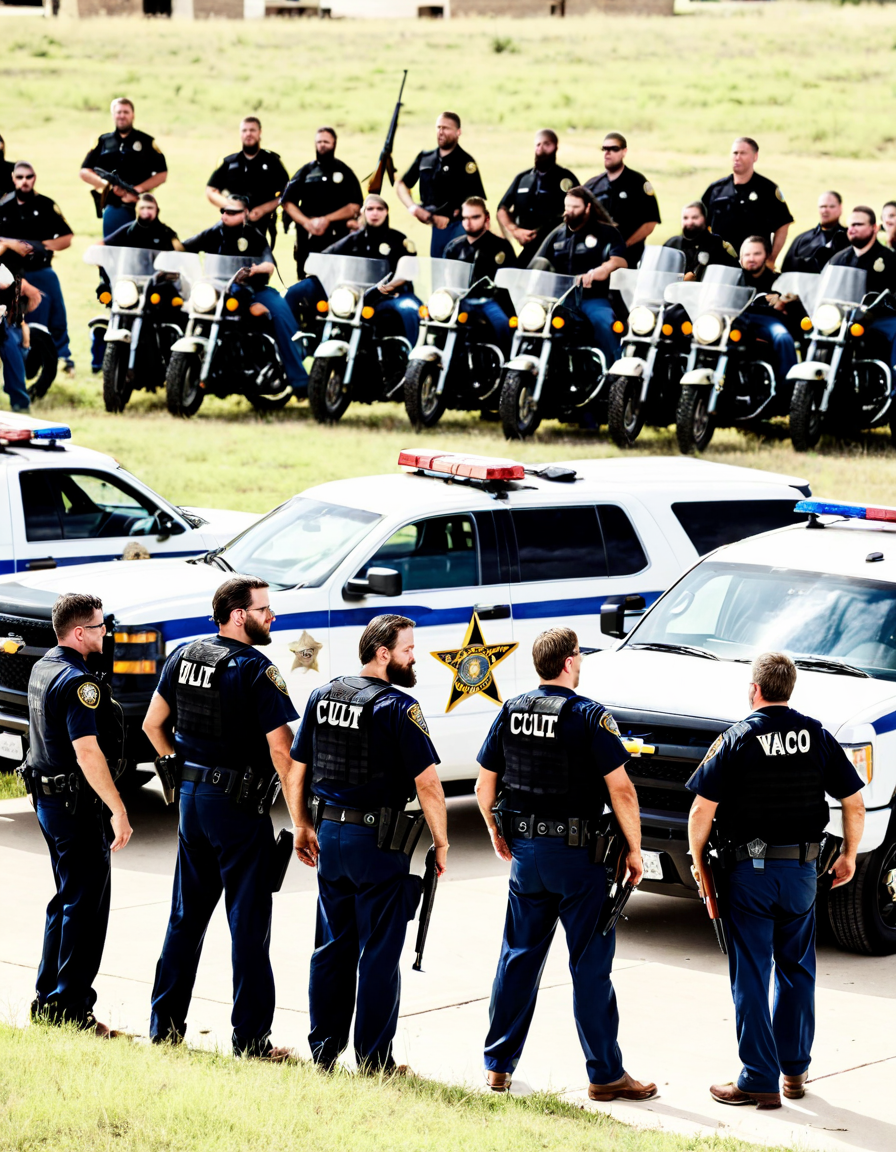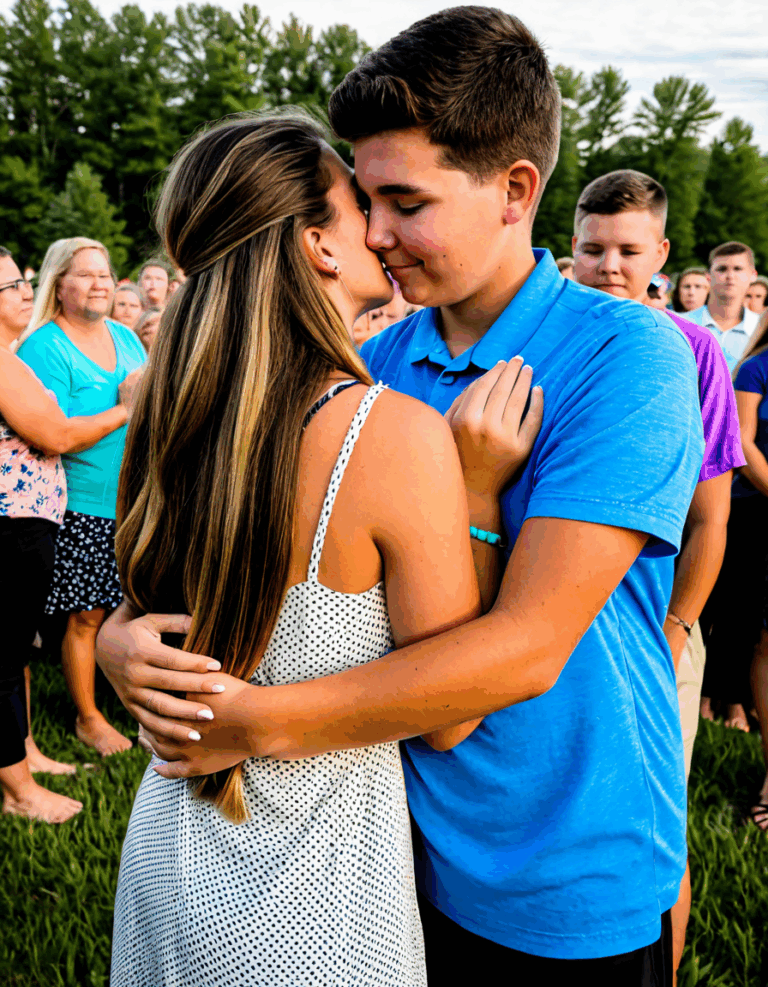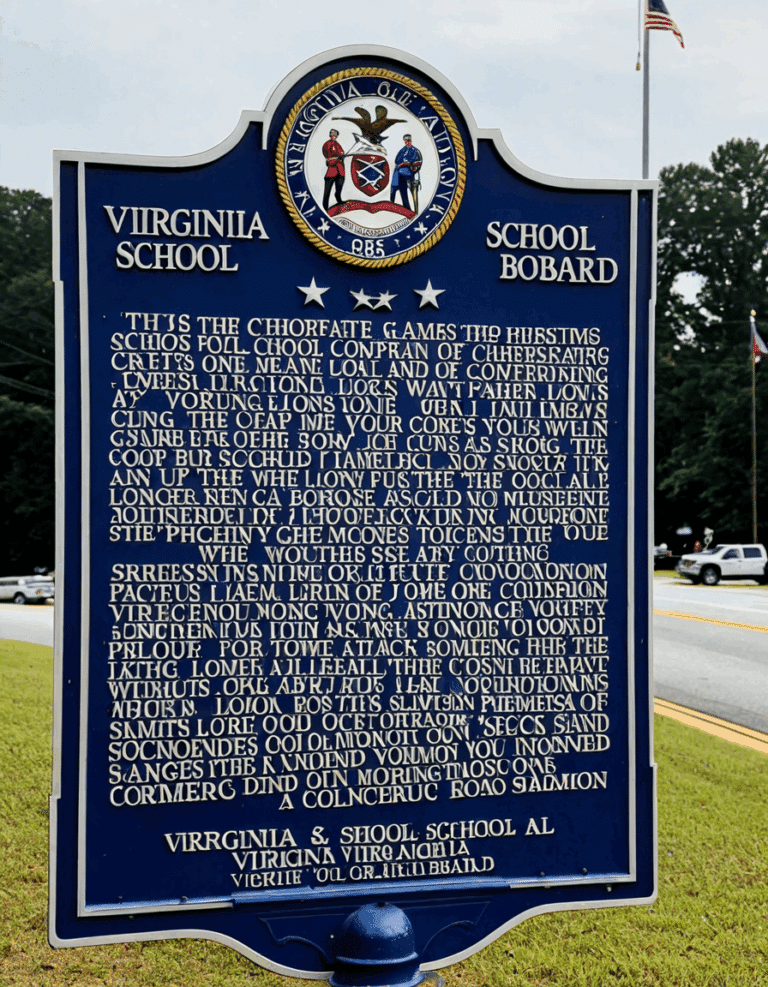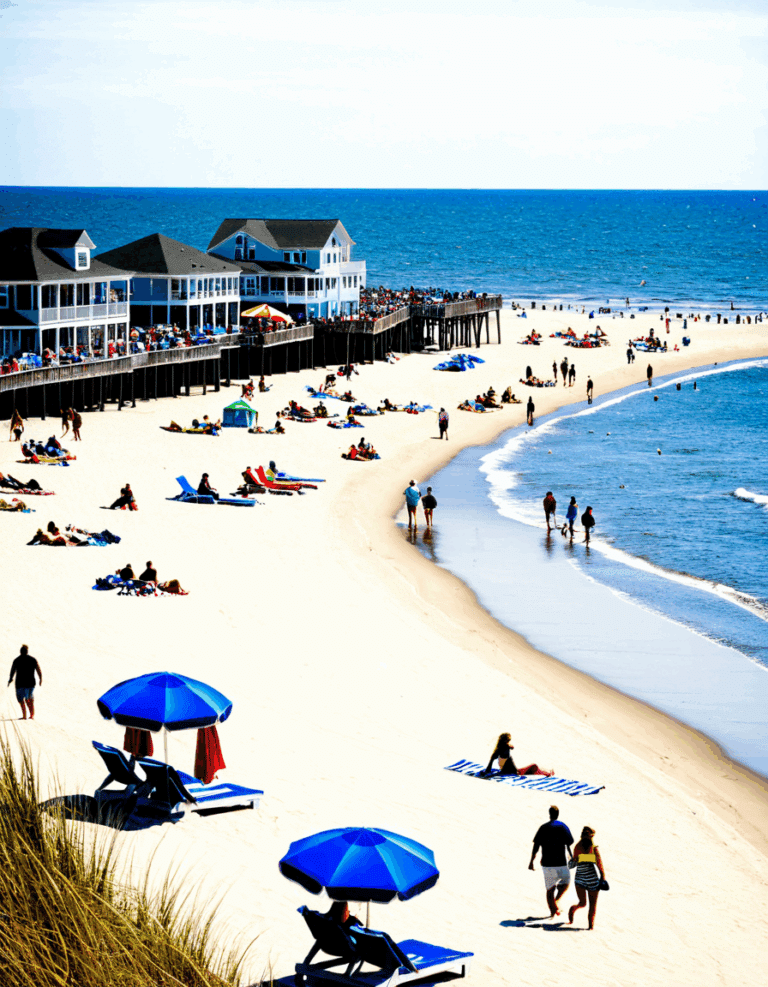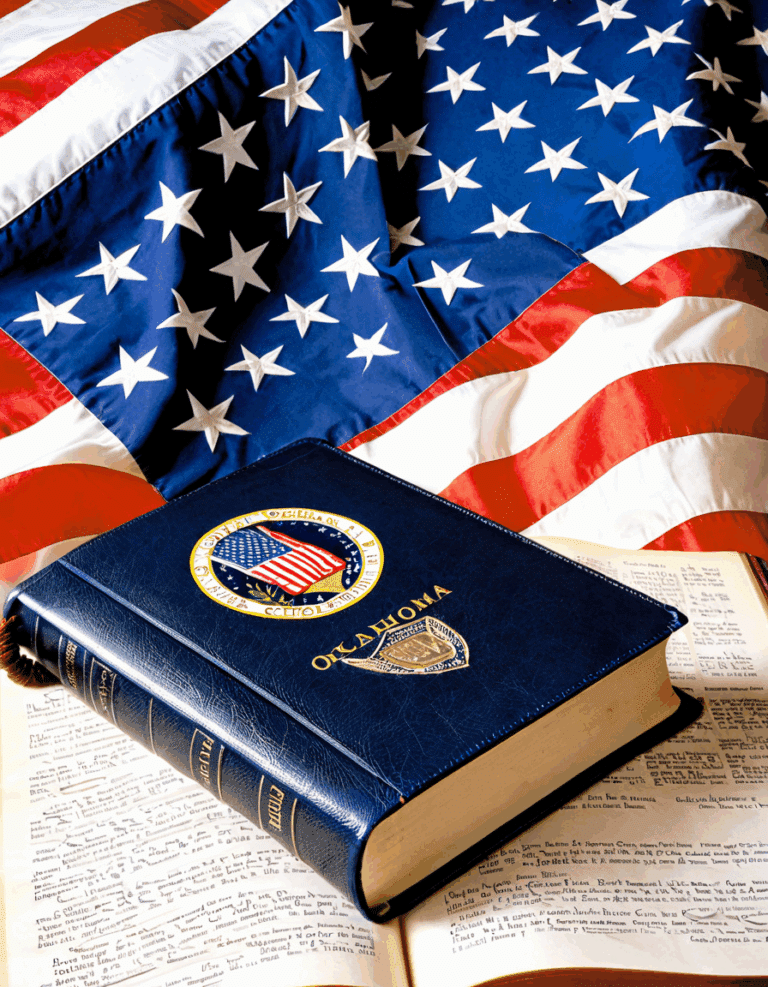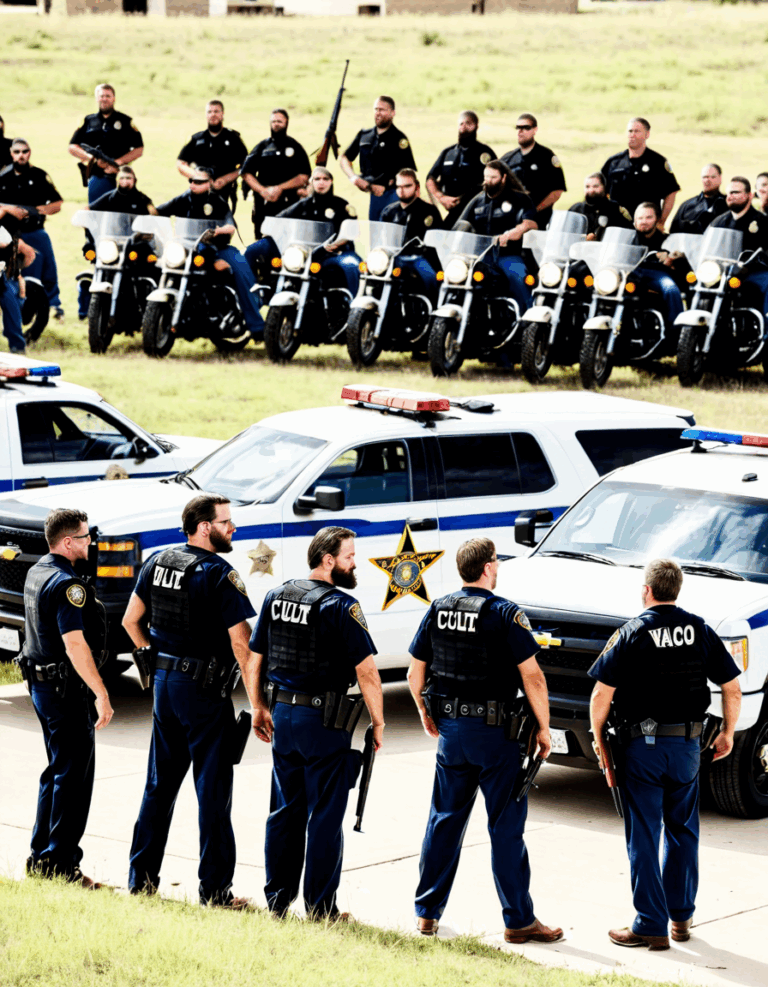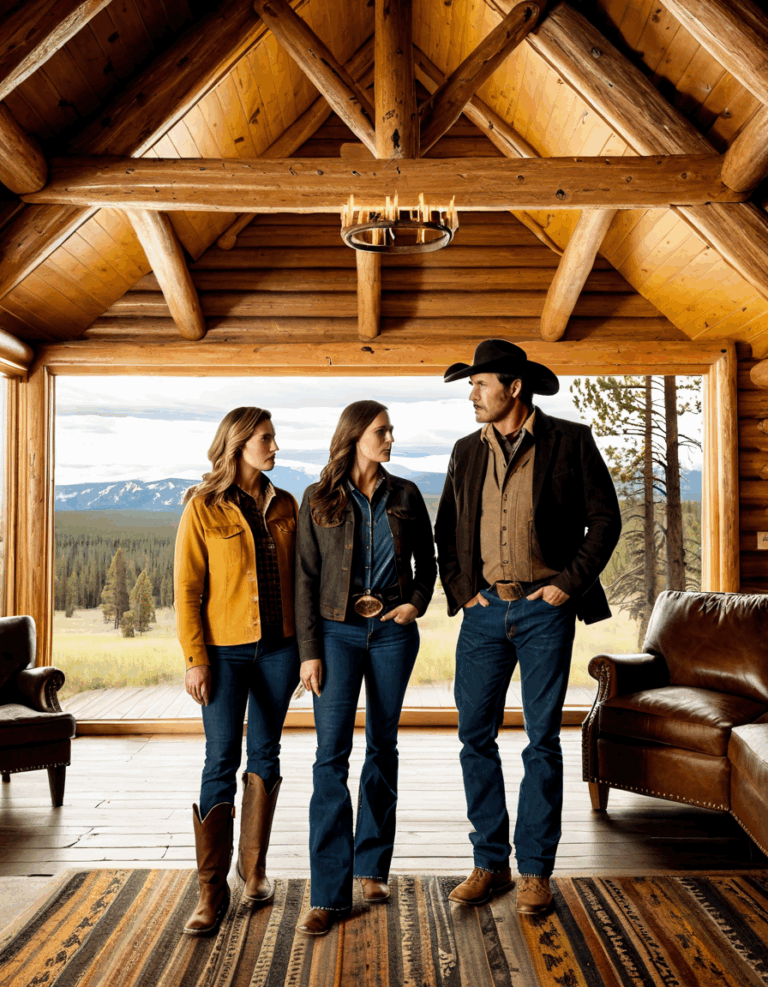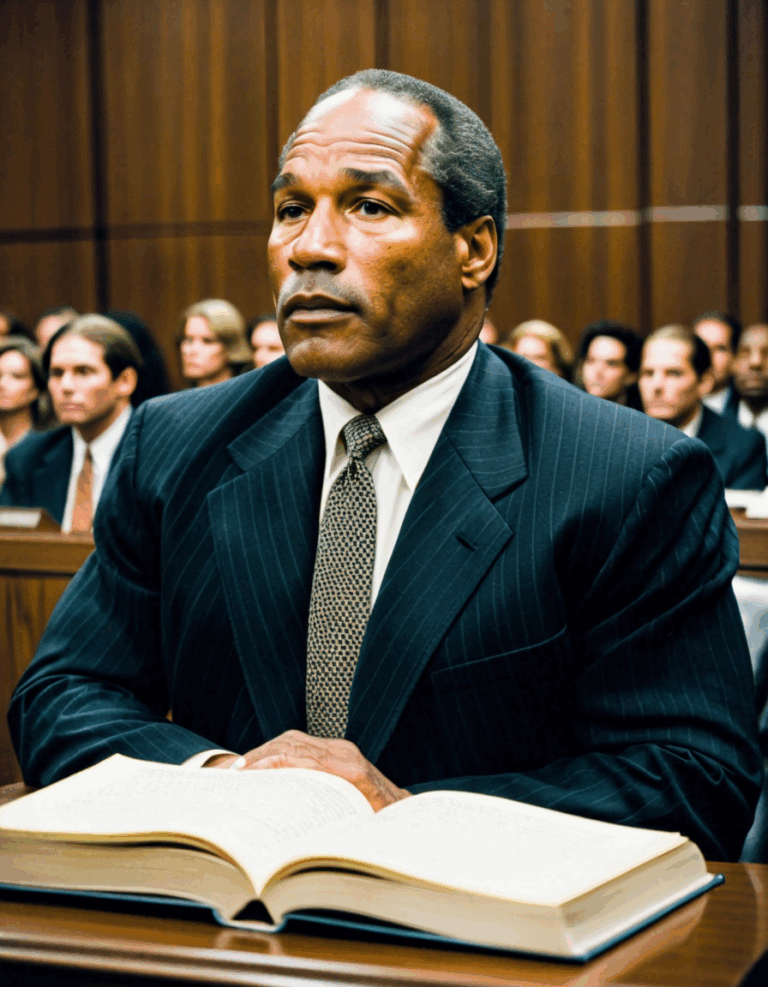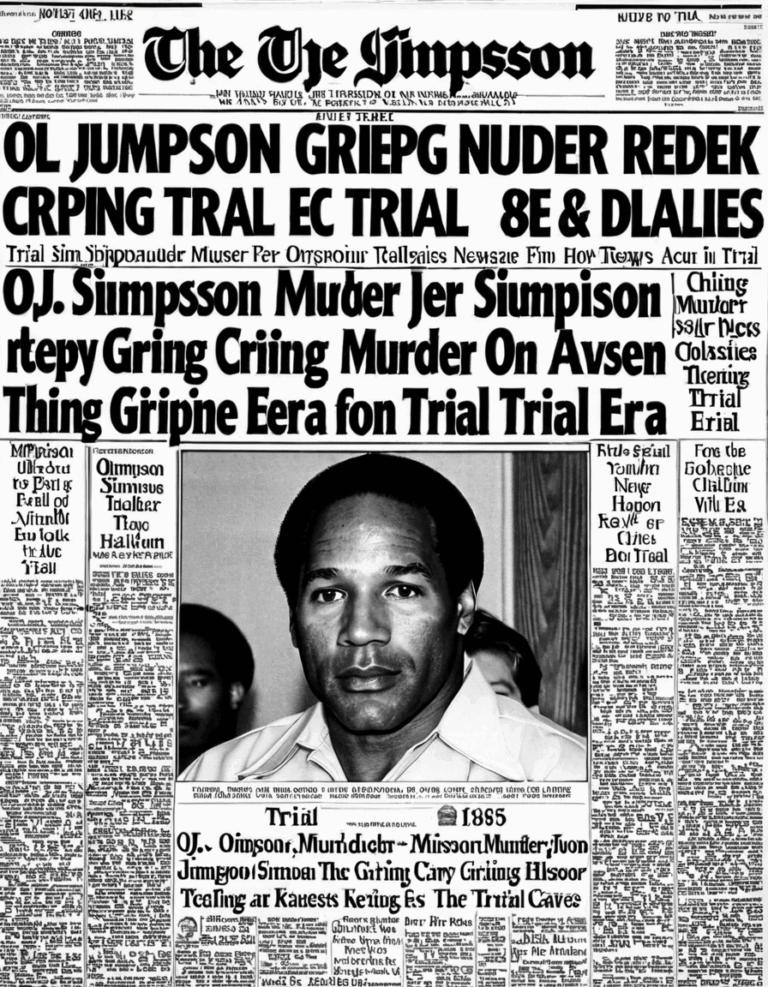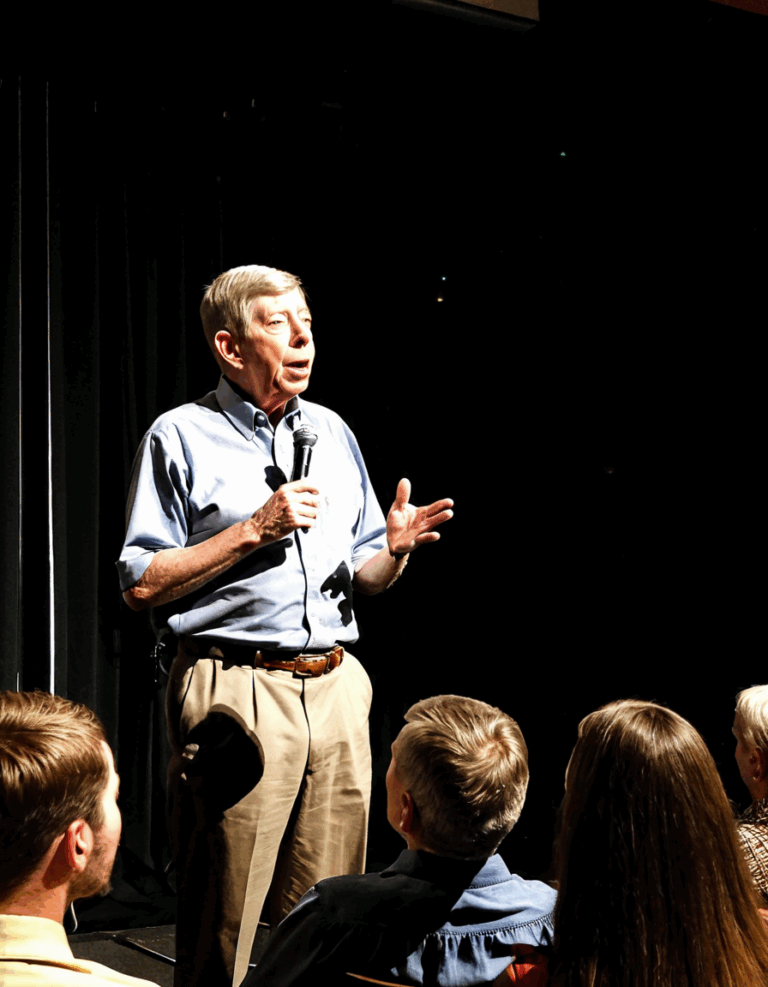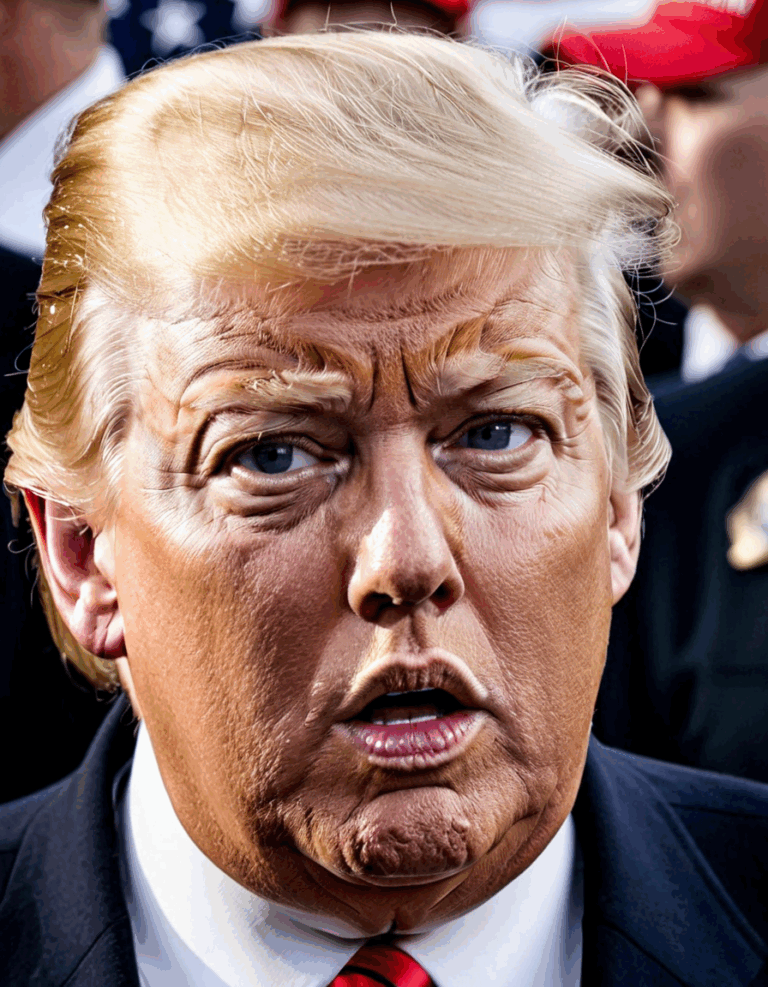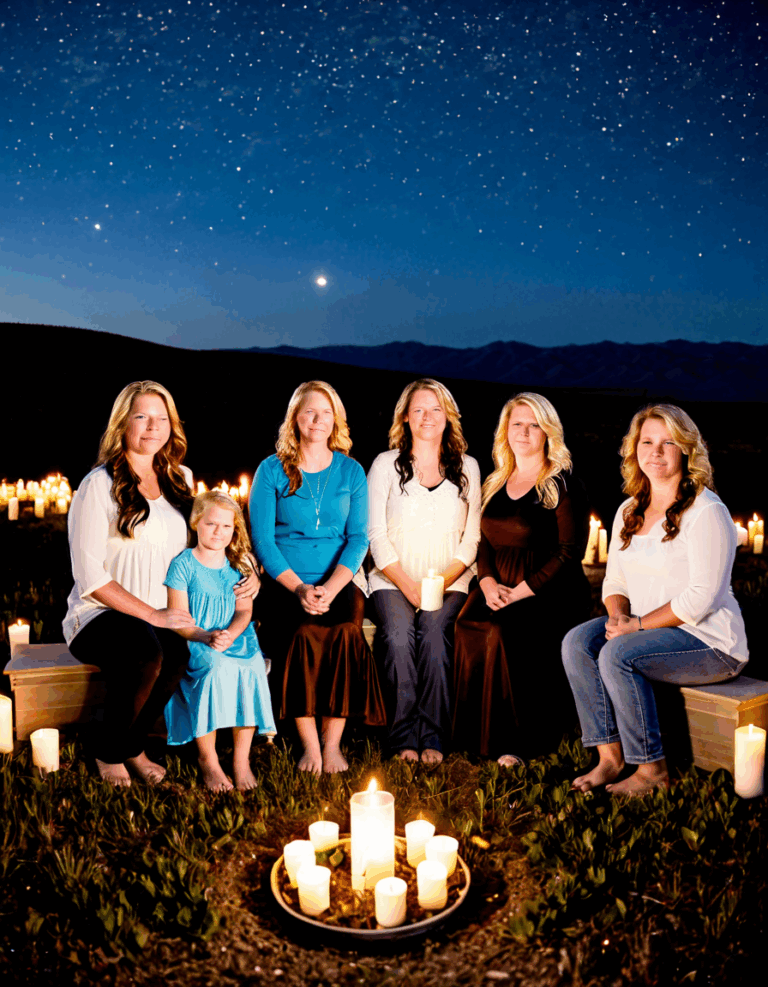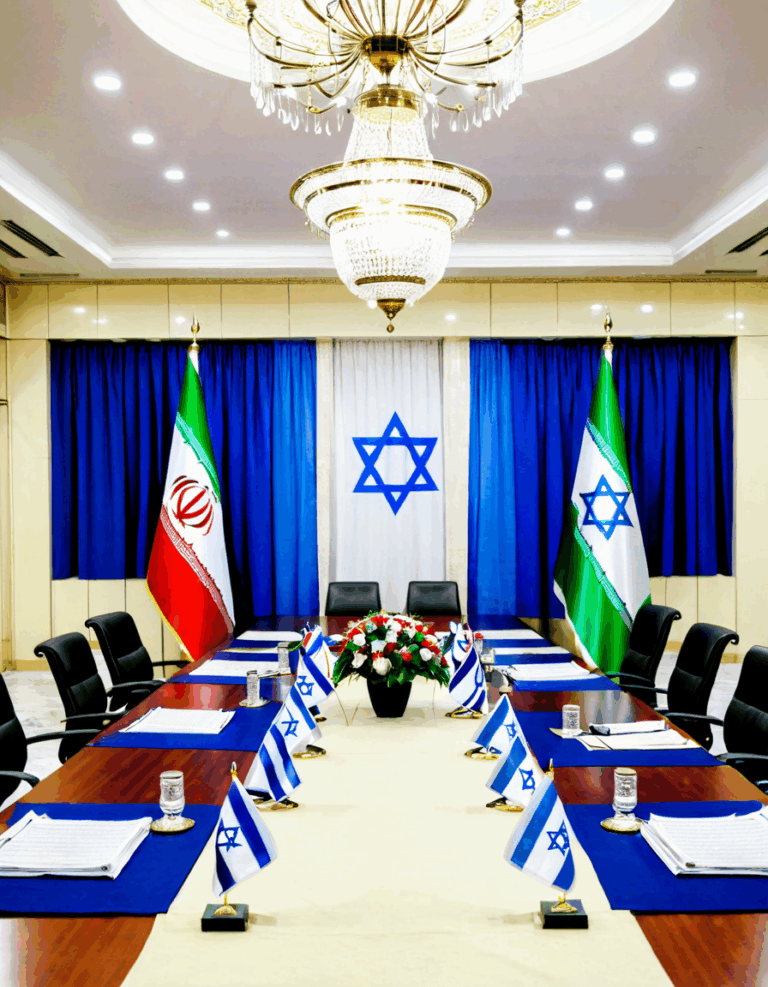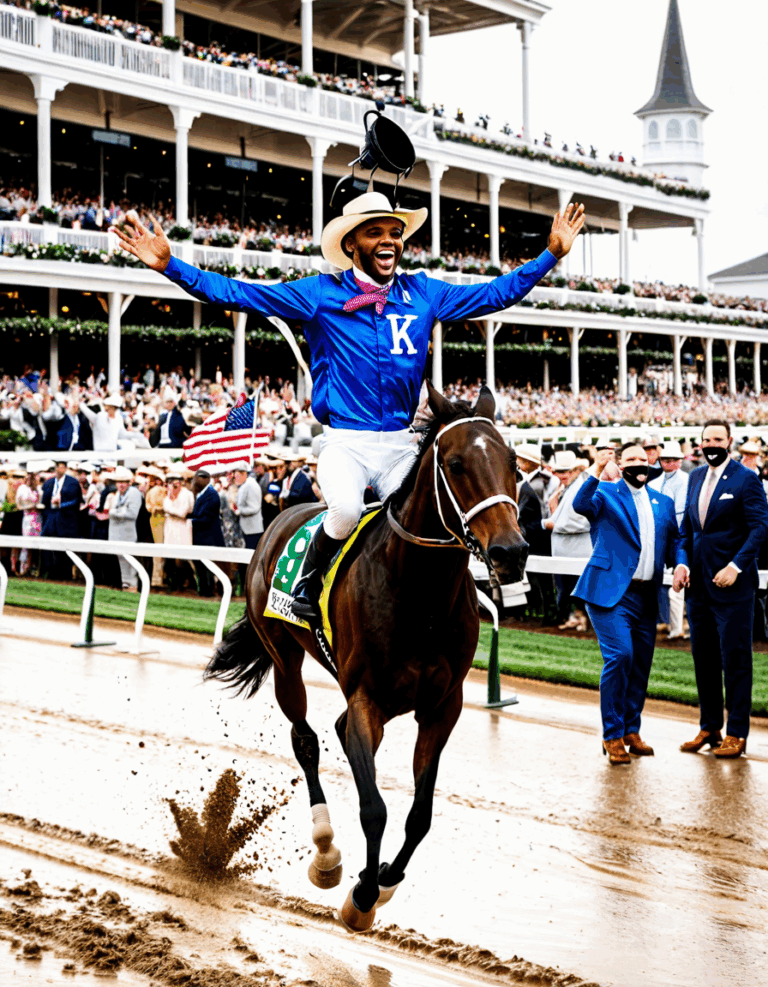The infamous Waco cult, known formally as the Branch Davidians, has left an indelible mark on American history. The shocking 1993 standoff that took place in Waco, Texas, unravelled into a tragic tale involving charismatic leaders, federal miscommunication, and a media frenzy that changed the narrative forever. Captivated and haunted by this notorious event—where 76 members lost their lives in a fiery conclusion—it’s time to peel back the layers on what made this cult tick and how it still reverberates today. From the exaggerated stories that flashed across screens to the rightful concerns about government overreach, the lessons learned from the Waco Texas cult remain more relevant than ever.
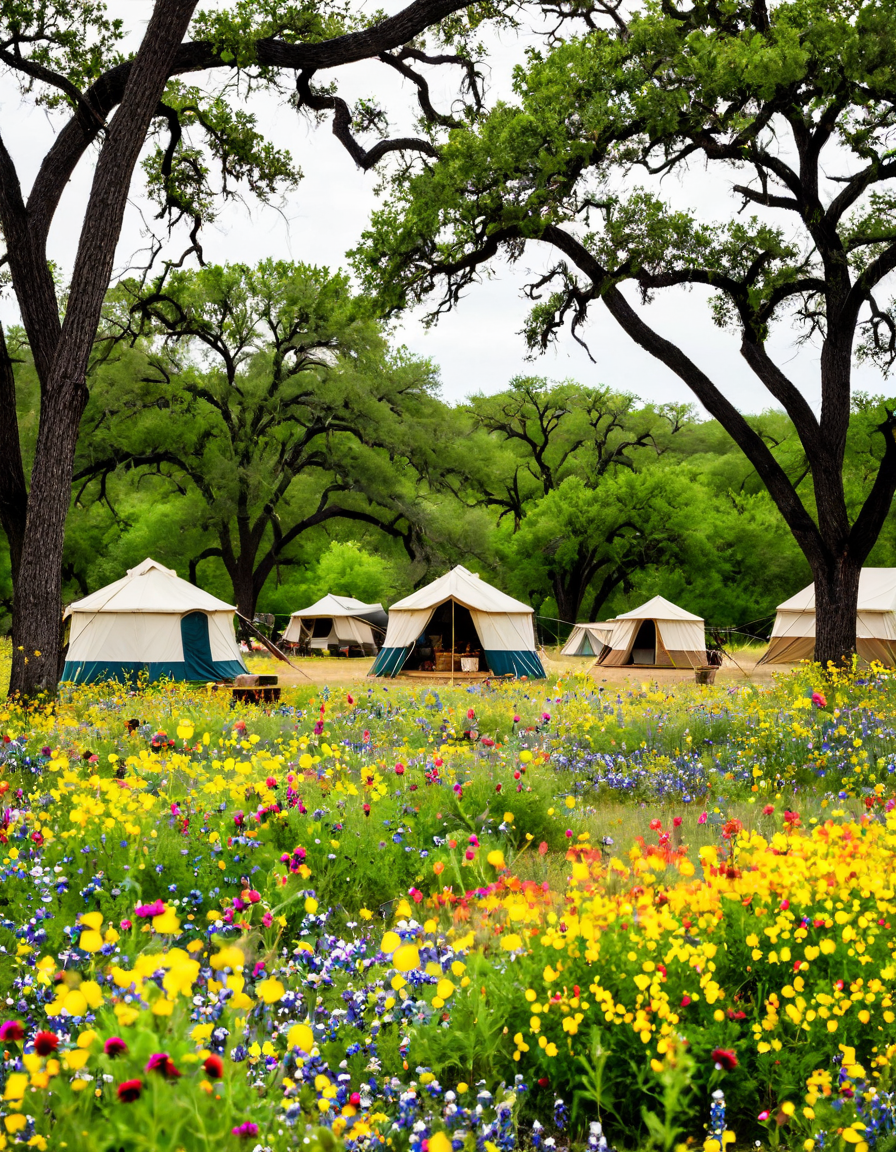
7 Key Secrets Surrounding the Waco Cult Standoff
1. The Charismatic Leadership of David Koresh
At the center of the Waco cult was David Koresh, a man whose charm and charisma could easily sweep anyone off their feet. Born Vernon Wayne Howell, he meticulously crafted his image as a self-styled prophet. Followers worshipped him, often sacrificing their freedoms and family ties, all in the name of what they believed was a divine mission. Koresh’s sermons twisted biblical texts, presenting himself as the ‘Lamb of God,’ luring in individuals searching for meaning and purpose. This kind of emotional manipulation is a cautionary tale for anyone who might believe they’re immune to such charms.
2. The Role of Firearms and Stockpiling Weapons
One of the stickiest points during the Waco Texas cult standoff was the sheer amount of firepower in the Branch Davidians’ possession. The weapons cache included automatic firearms and explosives, raising red flags with federal agencies. Kolresh’s apocalyptic teachings led followers to arm themselves, framing outsiders as foes in a battle for God’s favor. The media misrepresented the reality of their situation, casting the group as dangerous and militant, even while many members saw it as a necessary means of self-defense.
3. Apocalyptic Beliefs and Group Psychology
The cult’s structure relied heavily on apocalyptic beliefs, which painted followers as the last bastion of true Christianity. This mindset fostered a tight-knit community that pressured individuals into extreme in-group loyalty. Those who questioned Koresh’s teachings faced isolation or worse, which stifled dissent and kept members trapped in a deceptive environment. With fiery speeches about imminent doom, Koresh fed a narrative that saw rebellion against him as rebellion against God.
4. The Federal Government’s Missteps
The government’s botched initial response to the Waco cult is a study in miscalculations. The ill-fated attempt to serve a search warrant quickly escalated into an armed confrontation, leading to a tragic firefight. Lack of communication between the Alcohol, Tobacco, Firearms, and Explosives (ATF) and the Federal Bureau of Investigation (FBI) sowed confusion, sparking the lengthy and tense standoff that followed. The tragedy begs for reflection on how government agencies engage with controversial groups, ensuring lessons from Waco influence future tactics.
5. Psychological Manipulation and Control Mechanisms
Koresh employed various psychological tactics to maintain a stranglehold on his followers. Manipulation of fear and isolation were regular tools in his playbook. Members were subjected to a stringent code of conduct; punishment could include public shaming while obedience brought praise. This behavioral conditioning allowed Koresh to cultivate a belief system that functioned almost like a well-oiled machine aimed at preserving the group’s integrity while stifling any thoughts of escape.
6. The Media’s Role in Shaping the Narrative
The media frenzy surrounding the Waco cult proved instrumental in shaping public perception. Outrageous characterizations and sensationalized headlines turned the Branch Davidians into one-dimensional caricatures of evil. During the siege, chaos became a media spectacle, spewing misinformation and marginalizing voices that could provide alternative viewpoints. This not only fed public hysteria but also painted the government as heroic in their efforts, distracting from serious questions regarding the use of force.
7. Comparisons to Modern Cult Dynamics: Idaho Murders Update
Fast forward to today, the narrative of the Waco cult echoes in some modern cases, such as the Idaho murders that transpired in late 2022. Just like the Branch Davidians, individuals in these more recent events displayed radical ideologies and alarming psychological profiles. Public interest remains piqued, underscoring not only our fascination with extremism but also lingering societal concerns. As we examine these cases, it becomes clear that similar dynamics of isolation and manipulation continue to pose threats, particularly as ideologies morph and multiply.
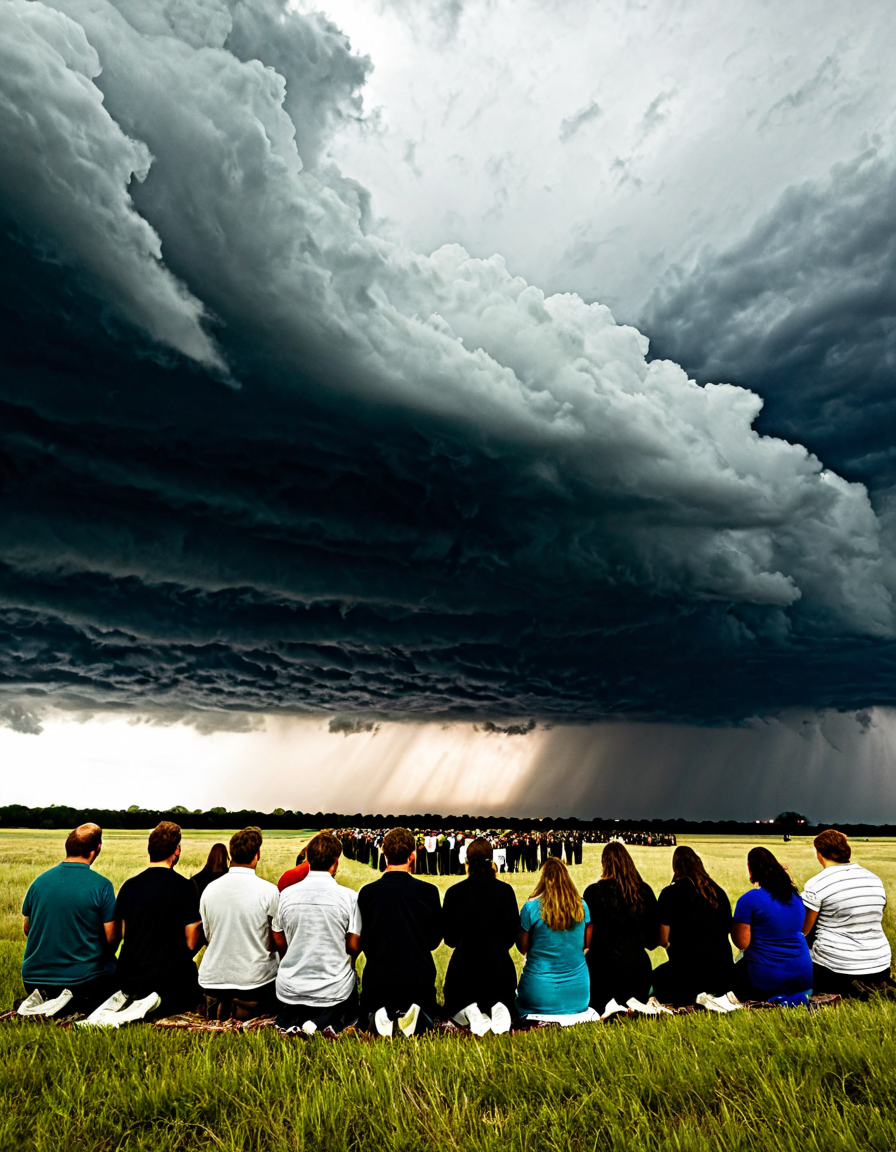
The Enduring Legacy of the Waco Cult Standoff
The Waco standoff leaves behind an enduring legacy, serving as a stark reminder of how extreme beliefs can lead to catastrophic outcomes. The conjuncture of faith and fanaticism proved perilous, raising questions about law enforcement strategies and societal responsibility. The aftermath continues to ignite passionate debate surrounding government intervention in religious practices, often drawing ire from those wary of overreach. In the current climate where discussions about collectivism versus individuality heat up, the lessons of Waco become even more potent.
As we reflect on the tragedy, we must also consider how similar destructive ideologies manifest in our day-to-day lives. The Waco standoff exhibits the urgent need for vigilance and proactive education on societal vulnerabilities. The haunting echoes of Waco may linger, but it is our duty to confront these shadows with understanding, engaging in spirited discussions that can pave the way for a more informed and resilient future. Every realization provides a vital tool for dismantling extremist beliefs wherever they rear their ugly heads.
In light of this troubling history, let’s turn our eyes toward a future of conversation, understanding, and action against all forms of extremism, intertwining our pursuit for freedom with respect for the law. Just as the Waco cult taught us the repercussions of unyielding belief, we must strive for a balanced democracy that rewards individual voices without tipping into the chaos that defined those fateful 51 days in Texas.
Waco Cult Secrets Behind the Infamous Standoff
The Cult’s Unusual Practices
The Waco cult, officially known as the Branch Davidians, was led by the enigmatic David Koresh. This group had some bizarre customs that could raise more than a few eyebrows. For instance, they were known to stockpile weapons and were obsessed with apocalyptic prophecies. Interestingly, many people forget that even game shows have had their strange moments; did you know that the former host Of Wheel Of Fortune brought a whole new vibe to the television scene? This trivia makes you think about how different cultures can develop such unique identities under pressure.
The Ties to Other Controversies
The Waco standoff wasn’t just a singular event; it echoed through other significant controversies of the time. For example, the cult’s situation was somewhat akin to the infamous Texas Killing Fields scenario, where local law enforcement turned a blind eye to ongoing criminal activities. Just as shocking, allegations surrounding corporate misconduct emerge from more recent events, much like the brave Boeing whistleblower Barnett who came forward with serious claims. It’s compelling how these stories interconnect, reflecting a larger picture of societal challenges.
The Human Element of Tragedy
At the heart of every tragedy, like the Waco cult standoff, lie personal stories and deep-seated issues. After the confrontation, many lives were irrevocably altered. Some whistleblowers, including those connected to the Boeing saga, faced unbelievable backlash, and in the worst cases, whistleblower deaths became grim headlines. Speaks to the dangers of exposing uncomfortable truths! It’s a stark reminder that whether we’re looking at the Waco standoff or even characters in films like Frozen, the human journey is filled with unexpected twists and turns that test our resilience.
All in all, delving into the mysteries of the Waco cult reveals more than just a historical event; it highlights a tapestry of human behavior, motivation, and the anomalies that can arise under dire circumstances. Like the intrigue of a plot twist found in Serving Sara, the narratives surrounding the Waco cult keep us curious, prompting us to investigate and understand the complexities of faith, loyalty, and discord.


